Apollo’s monthly survey of the most exciting works to enter public collections shines a light on the gaps museums have been able to plug and the new stories they are looking to tell.
Château de Versailles
Portrait of Étienne François de Choiseul-Beaupré Stainville, duc de Choiseul (c. 1786) Adélaïde Labille-Guiard
The Duke of Choiseul acted as minister to Louis XV from 1758 until 1770, when he was evicted from court – but members of high society continued to flock to his estate of Chanteloup, near Amboise, until his death in 1785. Adélaïde Labille-Guiard, one of the greatest French portrait artists of the 18th century, was commissioned by the duke after he saw an exhibition of her work at the Salon du Louvre in 1785 – the first in a string of court commissions for Labille-Guiard that also included portraits of Madame Élisabeth, the sister of Louis XVI, and the Count of Provence. The portrait acquired by the Palace of Versailles is an exact reproduction of the composition which has been under conservation at Waddesdon Manor in Buckinghamshire, signed by the artist; it joins seven other portraits by the artist already in the palace’s collections.
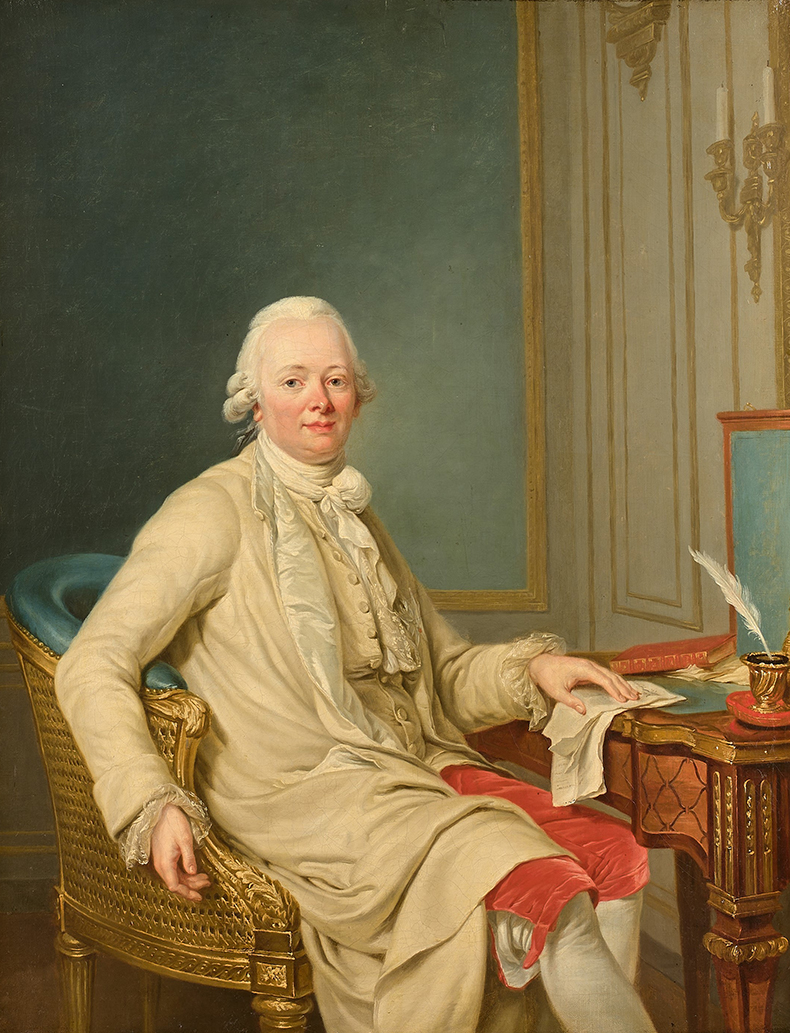
Portrait of Étienne François de Choiseul-Beaupré Stainville, duc de Choiseul (1719–85) (c. 1786) Adélaïde Labille-Guiard. Chateau de Versailles
Metropolitan Museum of Art, New York
220 works by Philip Guston from the collection of Musa Mayer
The largest single collection of works by Philip Guston, comprising 96 paintings and more than 120 drawings, has been donated to the Met by Musa Mayer, the artist’s daughter. Spanning the full breadth of Guston’s career, the collection features many of the artist’s most notable works including early figurative paintings such as Mother and Child (c. 1930) and later works such as The Line (1978). Musa and Thomas Mayer will also donate $10 million in order to create the Phillip Guston Endowment Fund which aims to advance scholarship on Guston’s work.
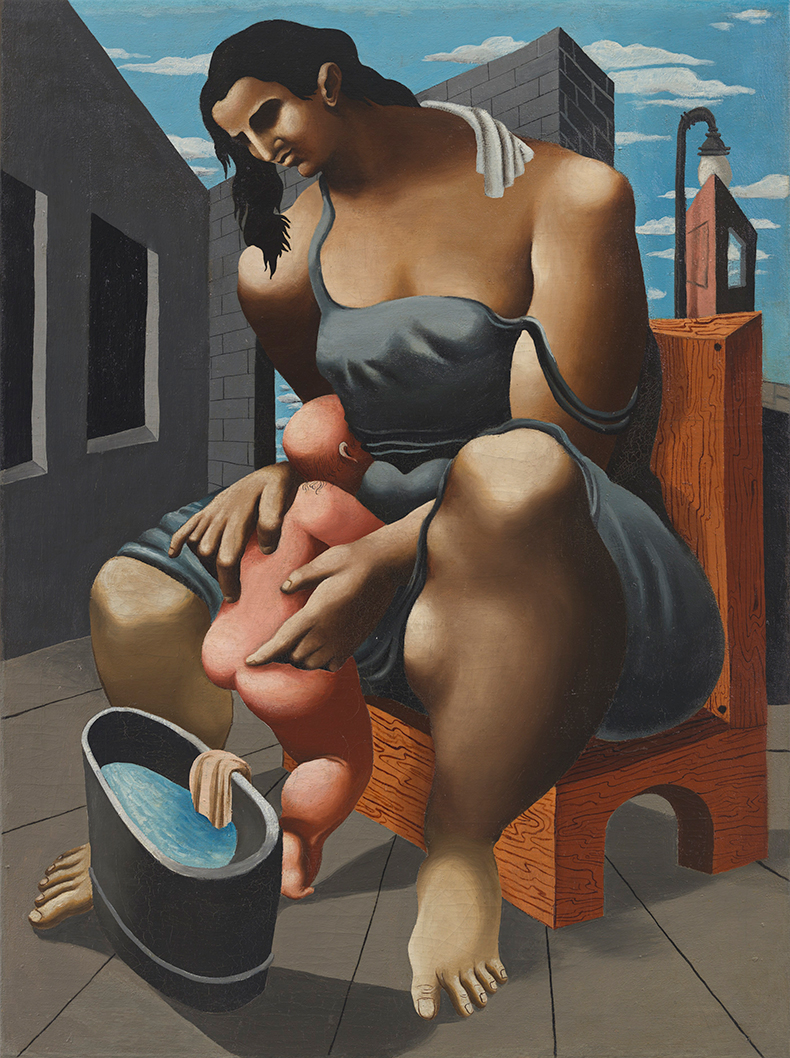
Mother and Child (c. 1930), Philip Guston. Metropolitan Museum of Art, New York, promised gift of Muse Guston Mayer. Photo: Genevieve Hanson; © The Estate of Philip Guston
Waddesdon Manor, Buckinghamshire
Works by John Piper and Edward Bawden
The Rothschild Foundation has acquired major works by the 20th-century English artists John Piper and Edward Bawden for Waddesdon Manor in Buckinghamshire. Consisting of 42 plywood panels and stretching nearly 16 metres in length, The Englishman’s Home (1951) is one of Piper’s largest murals. The work was created for the Festival of Britain in 1951 and depicts an imagined street, illustrating homes from across the United Kingdom. Bawden’s The English Pub (1949–51), a mural comprising 11 panels, also joins the collection. The work’s companion piece, titled English Garden Delights, is already held at Waddesdon.

The Englishman’s Home (1951), John Piper. Courtesy of Liss Llewellyn; © the John Piper Estate
Ulster Museum, Belfast
The Nativity (c. 1515), Baldassare Tommaso Peruzzi
A contemporary of Raphael and Michelangelo, the Italian architect and artist Baldassare Tommaso Peruzzi (1431–1536) rose to prominence in Rome as one of the leading fresco painters of the High Renaissance. The artist is perhaps best known for the frescoes found in the Cappella San Giovanni in Siena’s cathedral, while his architectural works include the Palazzo Massimo alle Colonne in Rome. This night-time nativity scene is an exceptionally rare example of his smaller work. The painting was purchased by Ulster Museum with support from the National Heritage Memorial Fund, the Art Fund, Esmé Mitchell Trust and the Department for Communities after it was placed under an export ban; it will go on display at the museum next year.
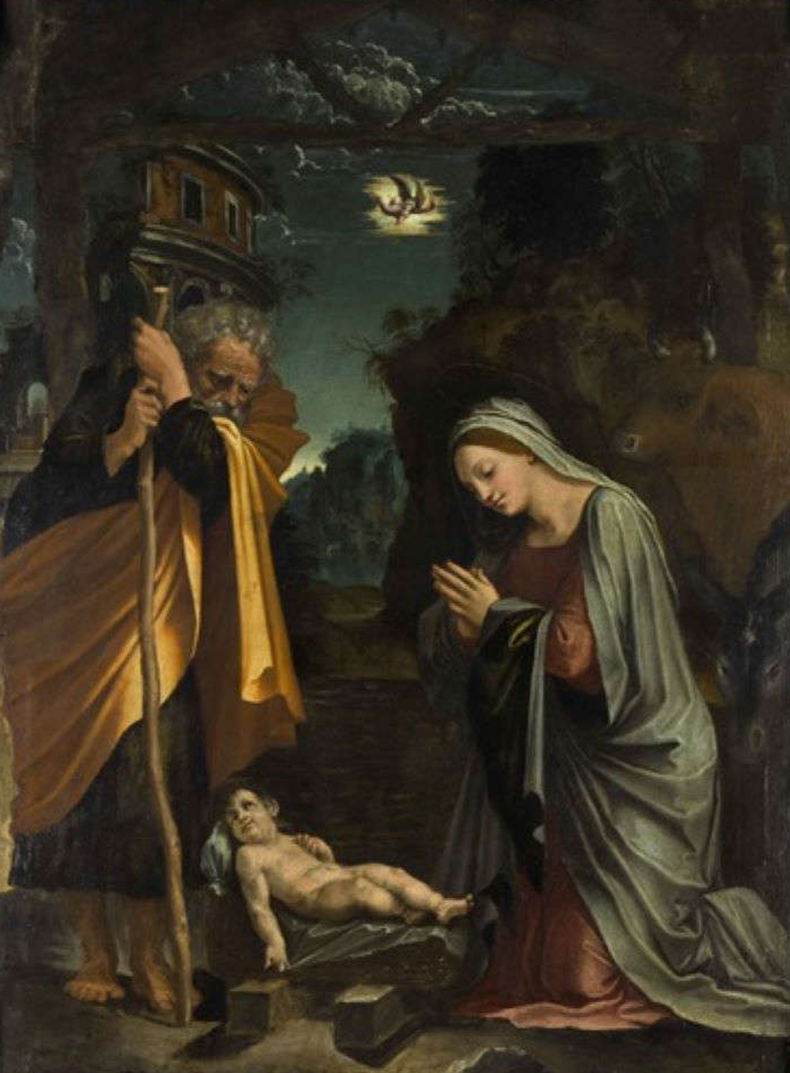
The Nativity (c. 1515), Baldassare Tommaso Peruzzi. Ulster Museum, Belfast. Courtesy the National Gallery, London
National Gallery of Art, Washington, D.C.
Three contemporary works
The National Gallery of Art has announced the acquisition of three contemporary artworks including a lithograph by the Korean artist Lee Ufan, titled Dialogue (2011). Part of Ufan’s ongoing series of the same name, the work becomes the first piece by the artist to enter the gallery’s collections. Meanwhile, Yellow Rise: Sun Watcher (2017) by the British artist Graham Nickson joins two other paintings and a drawing by the artist currently held at the gallery. A video animation by the Washington-based artist Avish Khebrehzadeh has also been acquired. Seven Silent Songs (2020) reflects on the artist’s personal experiences of moving from her native Iran before finally settling in the United States and comprises thousands of drawings which have been digitised and looped to create dreamscapes and surrealist-inspired imagery.
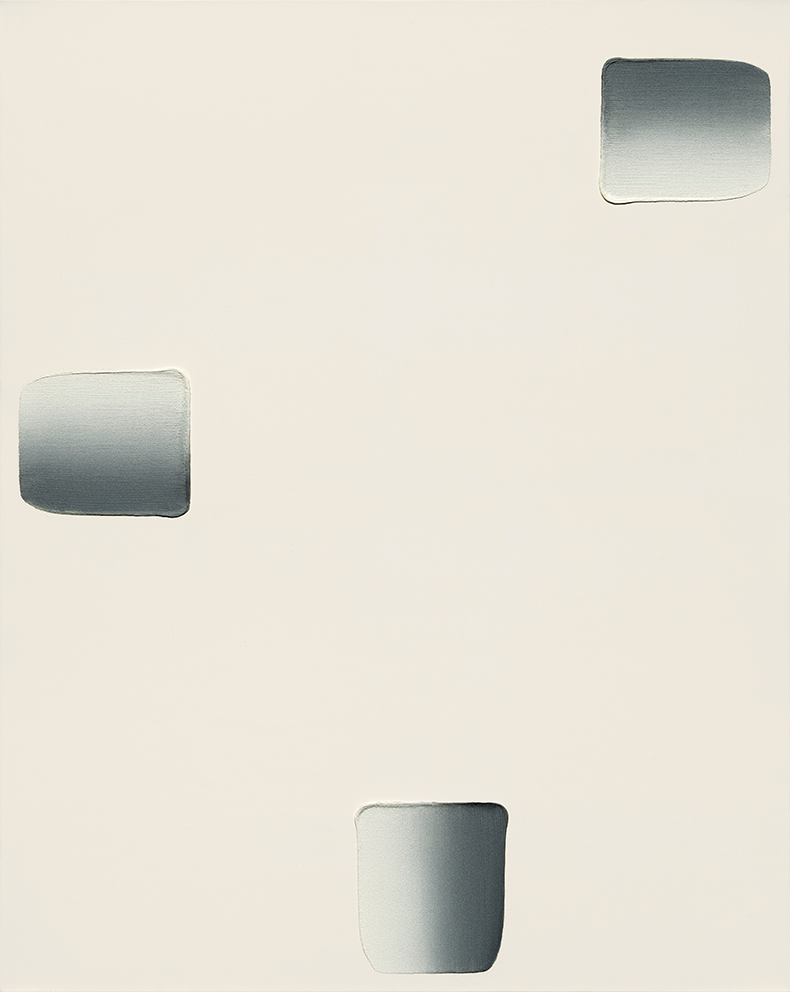
Dialogue (2011), Lee Ufan. National Gallery of Art, Washington, Patrons’ Permanent Fund and Gift of Milly and Arnie Glimcher
Dallas Museum of Art
The Triumph of Galatea (c. 1675), Luca Giordano
This dramatic work by the 17th-century Italian painter Luca Giordano makes a significant addition to the Dallas Museum of Art’s collections of works from the late baroque period. Giodano’s The Triumph of Galatea (c. 1675) will go on show alongside earlier works such as A Bravo Figure (c. 1605) by Bartolomeo Manfredi, which has also recently entered the collections. The Triumph of Galatea was purchased with support from the Marguerite and Robert Hoffman Fund for European Art Before 1700, which donated $17m to the museum in 2013 to aid the expansion its collection of European art.
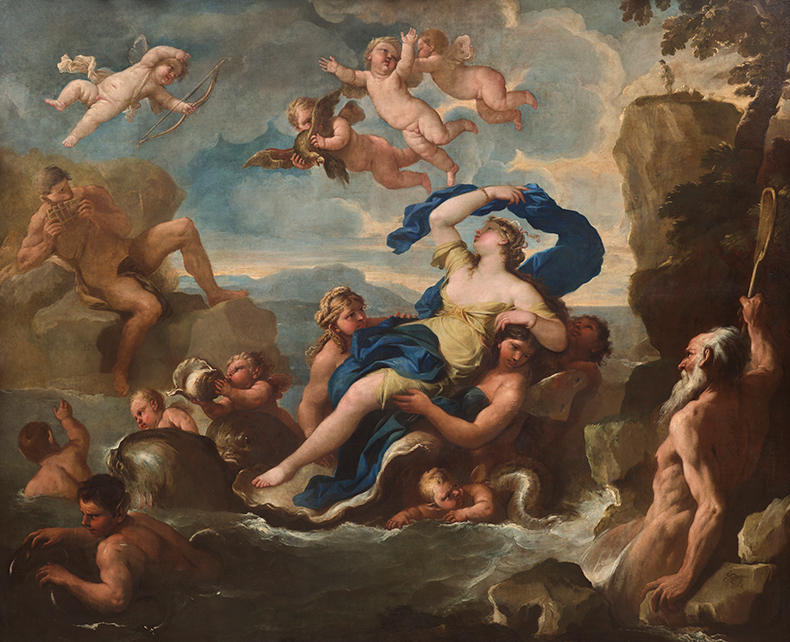
The Triumph of Galatea (1675), Luca Giordano. Dallas Museum of Art, Marguerite and Robert Hoffman Fund














![Masterpiece [Re]discovery 2022. Photo: Ben Fisher Photography, courtesy of Masterpiece London](http://zephr.apollo-magazine.com/wp-content/uploads/2022/07/MPL2022_4263.jpg)
Suzanne Valadon’s shifting gaze